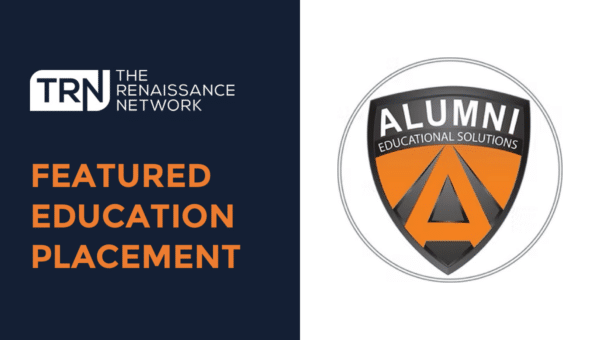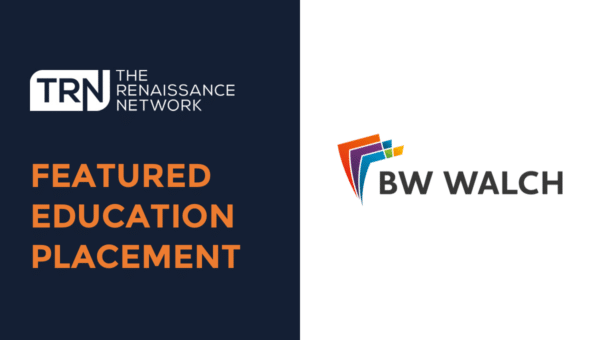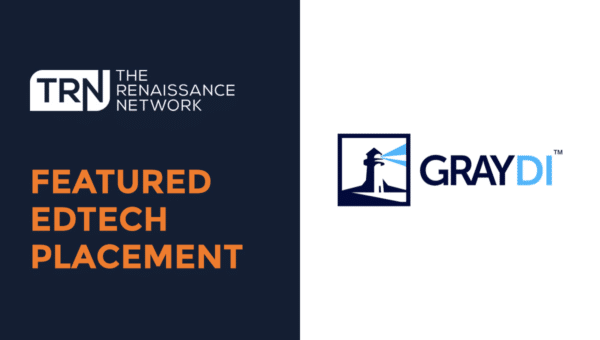US Education has seen a shift in technology spending that focuses on enhancing student achievement and providing teachers with the support they need to increase student outcomes. For companies trying to capture market share in an increasingly competitive market, this stiffer competition has resulted in increased innovation, which often incorporates technology. This also means a greater reliance on technology from schools. The Renaissance Network has have put together our top six trends in education technology market which could see substantial growth during the upcoming academic year.
Adaptive Learning:
Schools are increasingly looking at adaptive learning to help solve the challenge of providing scalable personalized learning. Districts must learn to dynamically adjust the way instructional content is presented and feedback is collected from students. This has also resulted in an increased used of blended learning environments. Support for students outside of the classrooms has increased the need for high functioning online learning platforms. Strong product development and solution selling of products that require a change in behavior is required to stay relevant in this competitive market.
Smart Machines:
Technology such as Robotics and 3D Printers have seen substantial growth in the education market. These hands on technologies assist teaching by providing real-world, job-relevant experiences for students, especially within the STEM markets, but across many curriculum areas. The ability to use industry standard equipment has allowed students to become excited about future career paths.
Virtual Reality will add a new dimension to learning, giving teachers the ability to provide real-world perspective within the classroom. Students can be exposed to real-world scenarios, offering new learning opportunities. Wearable, interactive technology may also see increased use as tracking data becomes an industry-wide focus. Having a sales team that understands how interactive technology can evolve teaching will provide opportunity for growth within the market.
Predictive Analytics:
Predictive analytics is now an integral part of a school’s strategy for success. The use of data to help predict a student’s achievement and retention enables schools to plan and implement success strategies. A majority of analytics tools currently on the market claim to use predictive analytics, but there are relatively few tools that truly implement analytics successfully. Organizations which can show a clear path for implementing analytics can capture market share quickly. Providing expert account management and support coupled with a quality, user friendly product will result in huge gains.
Digital Assessment:
Digital Assessment denotes the use of technology to create, administer, report and manage examinations. This style of testing has helped to improve areas such as analytics, adaptive learning and competency-based education. Districts are now required to provide improved scrutiny, transparency, and accreditation. The need for tools which can track long term results from digital assessment is increasing, and teams which can show the value of these solutions will be successful.
Open Educational Resource Ecosystem:
OER ecosystems are pieces of educational content and media that are findable, freely available and are a growing resource for education. The ecosystem is not new , but is increasing in importance to help drive down costs for educators and students. Tools which can capture open educational resources in one place and can provide a quality check will grow in the market. These organizations will rely heavily on teams that build strategic partnerships with publishers and platforms which can house and maintain these resources. Thus, these companies will need top business development teams.
Collaboration Technology:
The need to communicate and collaborate on ideas is a fundamental part of education. Collaboration technology though not new, is currently evolving into an important facilitator for the education ecosystem. Communication, Conferencing and Co-ordination software is helping to provide new ways to learn and provide information on a global scale. Strong sales teams must position these tools as fundamental to increased student outcomes.


